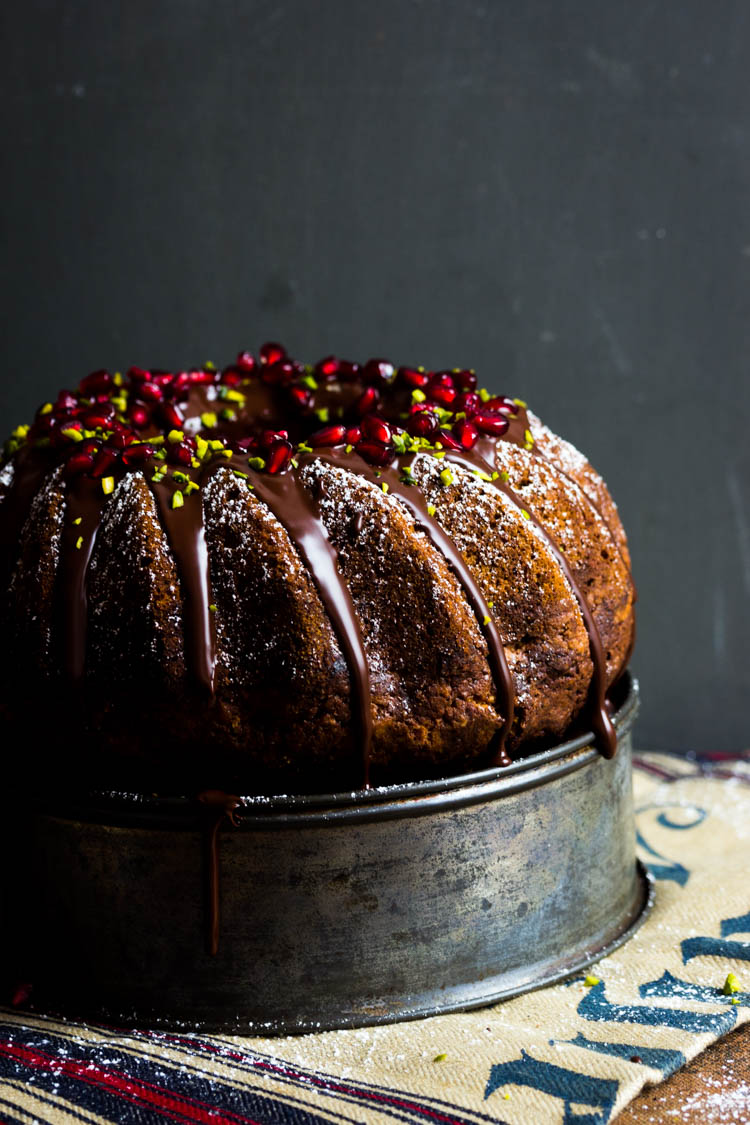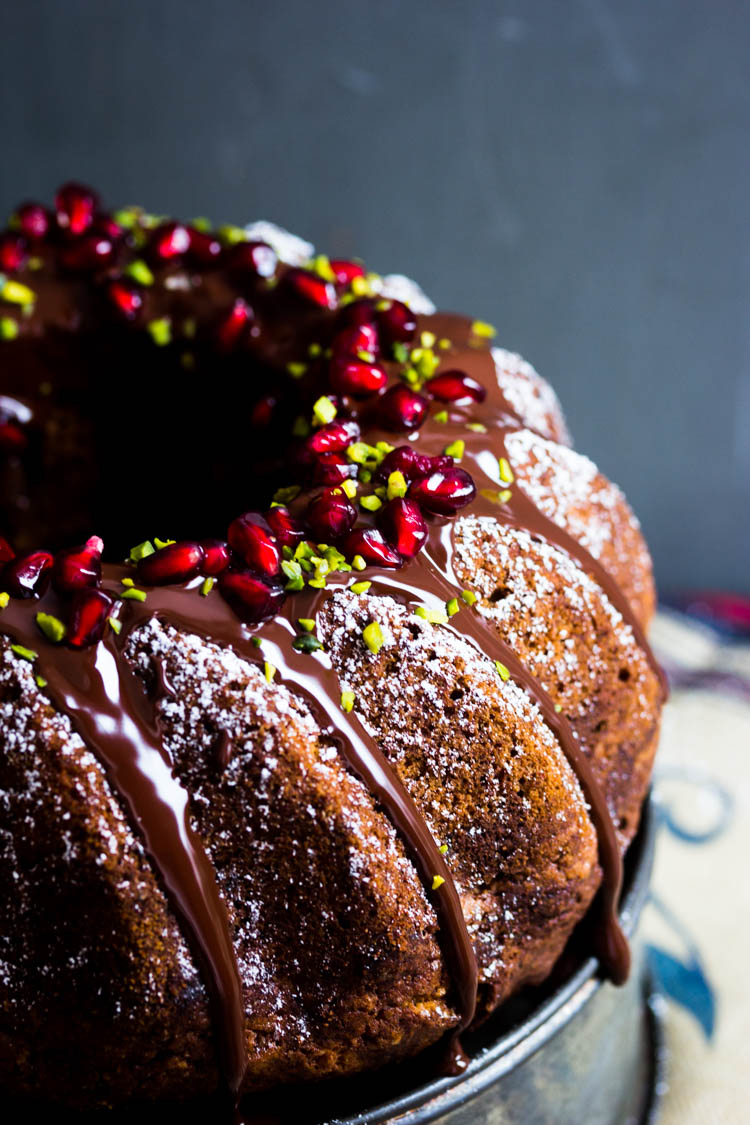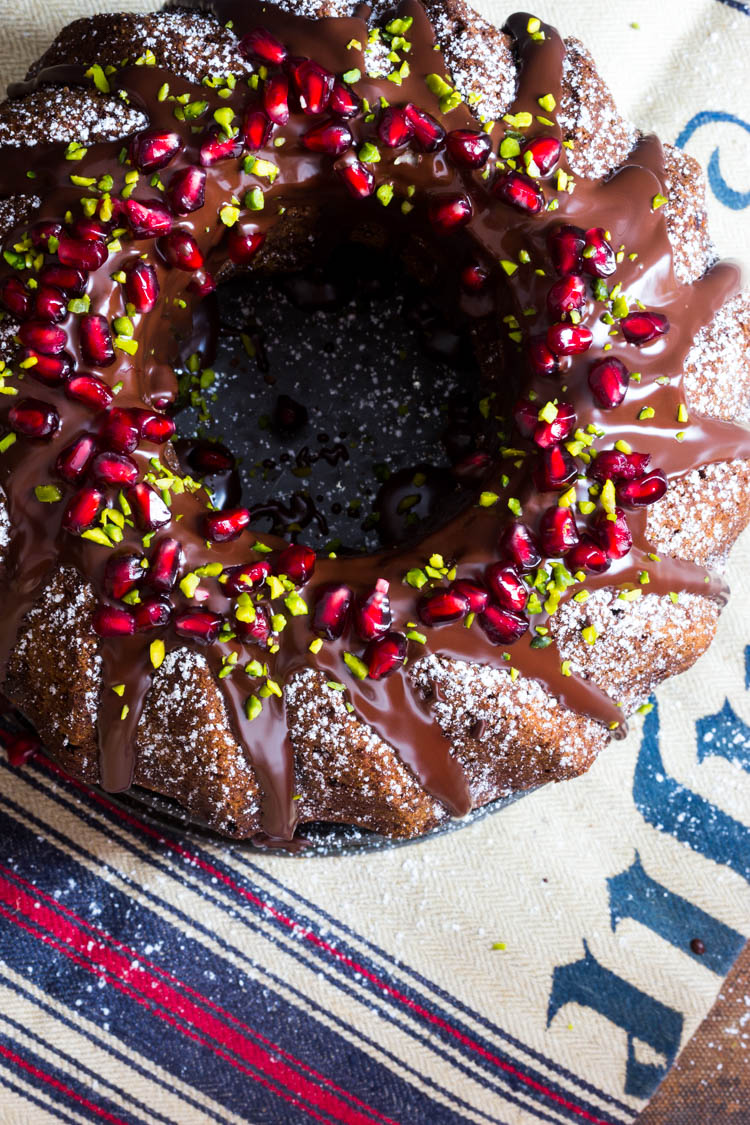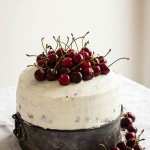 2015 is nearing its end. Christmas is over and the days between Christmas and New Year’s Eve always seem to be the perfect place to relax, reminisce und think back to what this year has brought us. Whether it´s the job, relationships or familiar affairs, new adventures or culinary experiences, everything is constantly changing and evolving and each year holds something new and (hopefully) exciting for us. Whether this year´s change was positive or not, now is the time to reflect, be glad or maybe let it be a lesson for the future.
2015 is nearing its end. Christmas is over and the days between Christmas and New Year’s Eve always seem to be the perfect place to relax, reminisce und think back to what this year has brought us. Whether it´s the job, relationships or familiar affairs, new adventures or culinary experiences, everything is constantly changing and evolving and each year holds something new and (hopefully) exciting for us. Whether this year´s change was positive or not, now is the time to reflect, be glad or maybe let it be a lesson for the future.
I haven’t really though in depth about what 2015 means for me personally but regarding culinary experiences, this year was great. Last January I announced my New Year´s resolution which consisted of making a new traditional cake each month in order to figure out new techniques, get to know the German baking tradition in more detail and basically experience with new recipes. With the help of ancient book, I selected 12 recipes that reflect different techniques, traditions and the corresponding season and this is the outcome:
Since there is still one recipe missing, I´ll give you the last one today: Marmorkuchen or as my dictionary wants to translate it, marble bundt cake. This cake is probably one of the most typical German cakes ever and I never really liked it as a kid, because of its dry texture. But part of my resolution was to try out recipes that I would normally never make and marble cake is no exception. Turns out that I might need to rethink the skepticism of my childhood.
The fun part of baking those 12 cakes was that I got to experiment and therefore learn a lot. For example, I never thought I would like merengue pie so much. And even though a lot of people have problems with getting their yeast dough to rise, mine was never really problematic. I did however hat a little mishap with my chocolate ganache which needed three attempts until it finally looked right. I also know how to safe clotted buttercream, thanks to my ability to not be patient and wait until every ingredient has the right temperature. What about you? Are there any favorites among these recipes or did you maybe have similar experiences as I did? I would love to hear from you.
With today´s recipe and this little review I am saying goodbye to 2015, hope everyone has a great New Year’s Eve and look forward to seeing you again next year.
For a 2 liter bundt form:
4 eggs (room temperature)
250 g butter (room temperature)
200 g sugar
1 tbsp. vanilla extract
350 g all-purpose flour
50 g corn starch
2 tbsp. baking powder
1 pinch of salt
3-4 tbsp. milk
2 tbsp. dark cocoa
2 tbsp. sugar
2 tbsp. milk
1) Butter the spring pan and sprinkle with flour. Preheat the oven to 200°C.
2) Separate the eggs and beat egg whites until stiff. Beat butter, sugar, egg yolks and vanilla extract for 4-5 minutes until creamy. Mix flour, corn starch, baking powder and salt and in turn with 3-4 tbsp. of milk, add to the sugar-egg-mixture. Carefully fold in the egg whites.
3) Pour one third of the batter into the spring pan. Add cocoa, sugar and milk to the remaining batter. Pour the chocolate batter on top of the light batter and use a fork to make a spirally pattern.
4) Bake the cake for about 40-50 minutes until golden brown. Take out the oven and wait 10-15 minutes before turning the pan and taking out the cake. Let cool completely and serve with melted chocolate or confectioners’ sugar.
















What a gorgeous bundt cake! Love the way you decorated it with the pomegranate seeds. Looks delish too!
Thanks June! I originally wanted to use sugared cranberries for the decoration but unfortunately, fresh cranberries are hard to come by here in Germany, so I decided to use pomegranate seeds instead. Glad you like the outcome! 🙂
Wow, Deine Rezepte sind absolut super. Danke.
Ich benutze seit geraumer Zeit eine Kuchenform: Silikon, die ich Dir empfehlen möchte. Zuvor war immer die Sorge, dass der Kuchen sich nicht so gut aus der Form lösen lässt, das geht mit der Silikon-Form (Guglhupfform) absolut super. Während dem Teigrühren wärme ich die Form mit heißem Wasser, dann spül ich sie kurz mit kaltem Wasser durch, bevor ich den Teig rein gebe (ich fette nichts ein) und nach dem Backen lass ich den Kuchen genau 10 Minuten auf einem Holzbrett in der Form abkühlen, bevor ich ihn ganz locker aus der Silikonform löse. Teste es. Wünsch Dir eine gute Zeit 😉
Hallo Helene, vielen Dank für diesen super Tipp! Eine Silikonform habe ich bisher noch nicht ausprobiert, aber wenn du so gute Erfahrung gemacht hast, ist es bestimmt mal einen Versuch wert. Liebe Grüße! 🙂